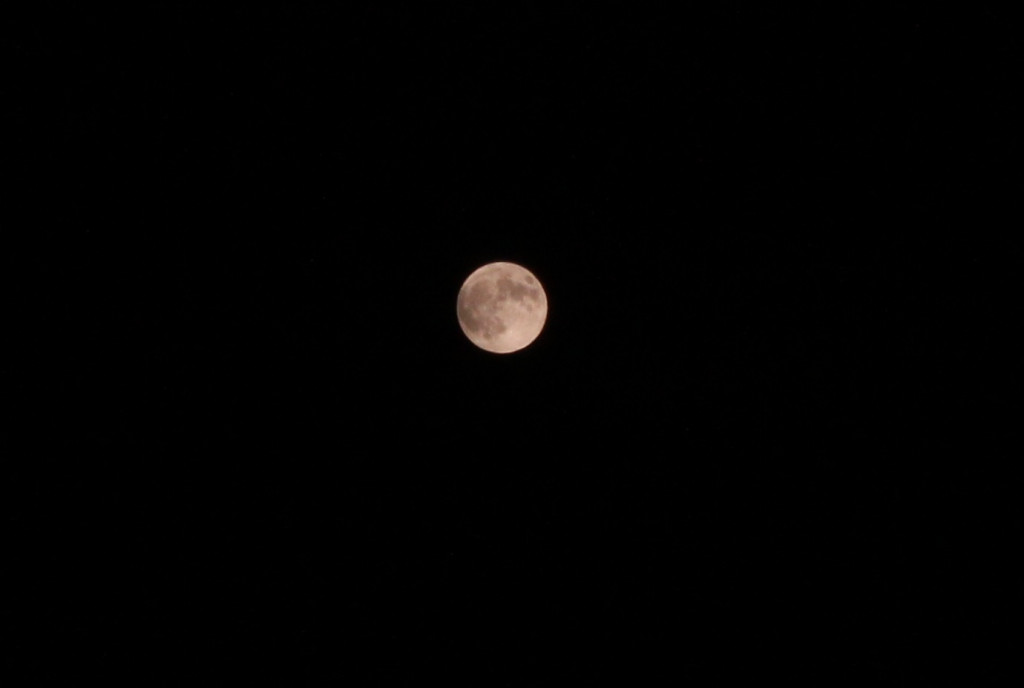It’s the very little things we take for granted: enjoying nature before industry marches all over it, and looking up at the full, strawberry moon by an evening fire.
Back in April, Leslie T. Sharpe delivered a lecture at the Catskills Center in which she invoked a boat journey up the Hudson, two hundred years ago, when Manhattan and beyond was lush rain forest. In the boat was a young Washington Irving and Henry Hudson, marveling at the stunning beauty of the area. Now, of course, Manhattan is a gleaming, flinty mass of boxes jutting out of the sky like an gigantic block graph recording its own wealth. Turning to the future, how long will the Catskills – this craggy chunk of lush forest – be here?
The Catskills State Park, about 700,000 acres – its multitude of tributaries and it’s ecosystem – produces and protects by edict all of New York City’s drinking water. Gas pipelines snake through the state, on the flat lands either side of the Catskills that have been protected from the ravages of the oil industry by their elevation and their status as water bearer: the ancient Aquarius in a modern Industrial Age. There’s a second protective directorate in place for our region, which is Article 14 of the New York State Constitution which declares a part of the Catskills “forever wild”.
Up until 1822, wolves elk, panther and moose roamed the Catskills. By 1850, unregulated fishing and hunting had depleted fish and game stocks to new lows. The Catskills had been mostly deforested by the logging industry, and the tanning industry that only abandoned the Catskills after it had taken the bark of every hemlock standing. One hundred years ago, the Catskill Mountains were bare and deer were so rare, a preserve was created for them.
All that has changed and the Catskills were as they were before the civil war, only now there’s no industry, only tourism, plus a few new invasive species shipped in from around the world.
Today, this full moon day and into the weekend, get outside. By appreciating the wonders of nature more often, we develop a bond with it, and are more likely to try and protect it.
According to the Almanac, the moons were named after the agricultural practices in place at that time: “This Full Moon got its name from the Algonquin tribes who knew it as a signal to gather the ripening fruit of wild strawberries. It has also been known as the Honey Moon, Mead Moon, and the Full Rose Moon in Europe”. Find out more and watch the Almanac’s video on the subject here.
Check out our weekend events in the natural world on June 30th.
